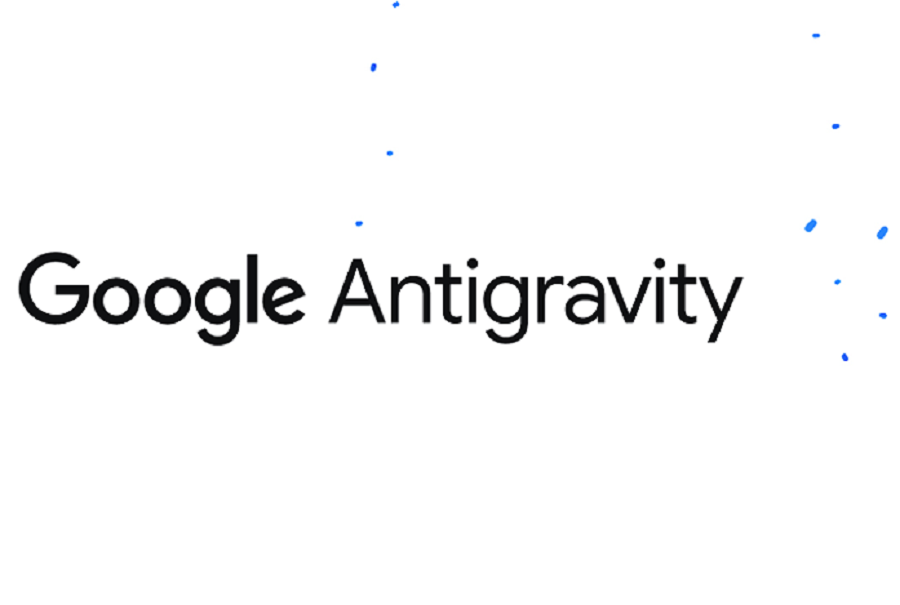Gravity Shift: Is Google's new 'Antigravity' IDE 'Cursor-killer'?

Published :
Updated :

If you've spent any time on "Tech Twitter" over the last six months, you know the drill: Cursor is the vibe-coding king. The AI-native editor has eaten VS Code's lunch, becoming the go-to for everyone from indie hackers to enterprise architects. We've settled comfortably into the era of 'Vibe Coding' where you lean back, let the LLM handle the syntax, and focus on the big picture.
But Google just woke up. They dropped antigravity this week, and this isn't just another generic product launch. It's a direct shot at the current throne, and it's landing some heavy hits.
The marketing tagline calls it an "Agent-First" IDE. Usually, it is an eye-rolling kind of buzzword soup, but in this case, the description actually fits.
If you use Cursor or Copilot, you're used to a linear workflow: highlight code, open chat, ask for a fix, and apply. It's basically pair programming with a Swift junior dev. Antigravity changes the dynamic with something called the 'Agent Manager'.
Instead of one chat stream, you can spin up multiple, simultaneous threads that work in parallel. Watching two streams of complex work run in parallel felt less like coding and more like orchestration. You stop being the typist and start acting like the architect.
Under the hood, Google is flexing its infrastructure advantage. The preview release gives you access to Gemini 3 Pro and Claude 3.5 Sonnet for free.
For developers currently paying monthly subscription fees for model access in other editors, this will be a significant temptation. Google is effectively subsidising your workflow to get you in the door.
Anyone can be worried about the friction of switching editors; nobody wants to relearn their shortcuts. But antigravity is a VS Code fork. One has to import their extensions, themes, and keybindings, and it is up and running in about 30 seconds. It feels familiar, just smarter.
To clarify what a VS Code fork is, a VS Code fork is what happens when a developer (or a company like Google or the team behind Cursor) takes the open-source code that powers Microsoft's Visual Studio Code and uses it as the foundation to build their own, separate software.
Think of it like a car engine. Microsoft gives away the blueprints for the engine (VS Code's core) for free.
- An Extension is like adding a new stereo or a custom paint job to the car. You are still driving Microsoft's car, just with some add-ons.
- A Fork is taking those free engine blueprints, building a completely new car around it, changing the steering wheel, replacing the dashboard, and putting a different logo on the hood.
Now coming back to the main point, it's not all magic, though. Having access to Gemini 3 Pro inside the editor creates a specific kind of danger that can be called the 'Vibe Coding Trap'.
Because the model is so capable, it's incredibly easy to get lazy. Running a quick test where I gave the IDE a screenshot of a UI component and asked it to build it.
- Attempt 1: I gave a lazy, one-sentence prompt. The code worked, technically, but the CSS was a disaster of hard-coded values and bad practices.
- Attempt 2: I put my 'Senior Dev' hat on and explicitly asked for BEM methodology and semantic HTML. The result was nearly production-ready.
The lesson here is that antigravity is a force multiplier. If you are a sloppy manager, it will produce sloppy code at record speeds. You still need to know what you're asking for.
So, is the reign of Cursor over?
Not today. Cursor still has a level of polish and community love that takes time to build. But Google has proven that the "single chat" interface is already outdated. The multi-agent workflow is genuinely superior for complex tasks that require juggling multiple files and contexts.
For the first time in a long time, it feels like Google isn't just chasing trends—they are raising the bar.


 For all latest news, follow The Financial Express Google News channel.
For all latest news, follow The Financial Express Google News channel.